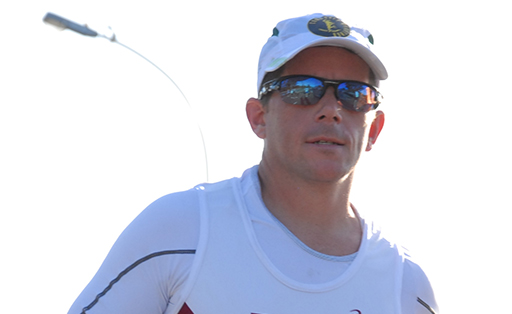
04/04/2018 | All news, Athletes, Running, Strength and Conditioining
March in South Africa is the month when many of the big endurance events occur nationally as well as many of the school sports festivals. There is the Cape Town Cycle Tour, the Cape Epic and the Two Oceans Ultra Marathon and then of course, the Easter Rugby festivals.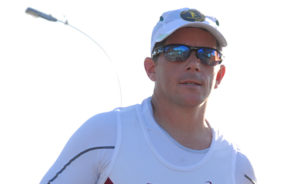
One of my clients/athletes competed in the master’s category of the Cape Epic Cycle and much of his strength and mobility work was done incorporating the Power Plate. In terms of flexibility and strength imbalances, what he initially presented with was typical of cyclists: kyphosis; weak glutes and hamstrings. He lacked flexibility through his posterior kinetic chain and his balance and proprioception was not good at all. (This is problematic for a mountain biker in very technical terrain.)
I changed his program so that all of the workout preparation was done on the Power Plate- stretching, balance and potentiation of the exercises we were going to do that day. Once the specific strength work was done, I put him back on the PP to recover.
He finished the race yesterday and said that his off the bike conditioning played a massive role in his performance. (Loves the PP, by the way).
I also introduced some 13 year old boys to the recover component on the PP- hamstring flexibility at this age is shocking to say the least. Besides the ‘novelty’ of being on a ‘fancy’ piece of equipment, they were amazed at the rapid improvement in flexibility.
The cherry on top of this month’s events was the opportunity to attend the ‘RUN INJURY FREE’ workshop by Dr Emily Splichal. This incorporated PP and Naboso Barefoot Technology. To say that this workshop was impressive would be an understatement and all the delegates, myself included, rated this as one of the best they had attended.
The beauty of it was that it showed yet again how PP can be integrated into all aspects of training and that the technology is aligned with other systems, like Naboso. Keep watching the Power Plate media platforms to see when Dr Emily will be back.
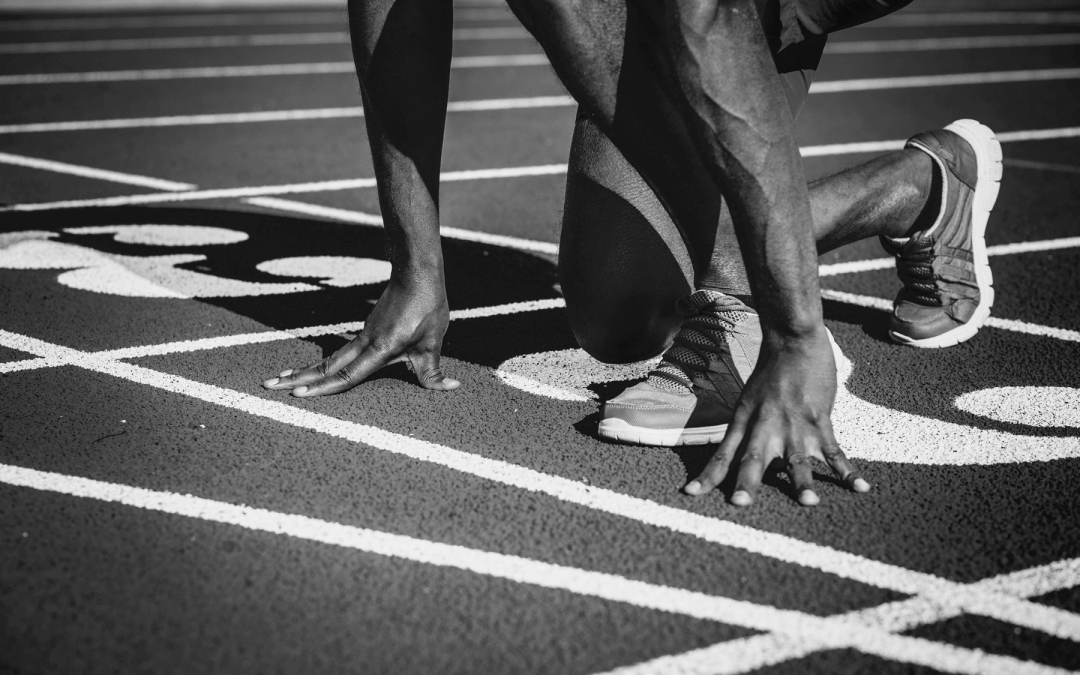
01/04/2018 | All news, Athletes, Running
Running is a stressful process. There’s no hiding from it. A strain on the mind, body and soul depending on how many miles you need to put in. Current figures show that up to 80% of runners experience injury when training and competing. These injuries are due to a range of factors from inappropriate footwear to overtraining. With so many runners experiencing problems, the team at Power Plate works closely with movement specialists such as Dr. Emily Splichal in order to help people reduce their risk of injury. Dr. Splichal is a huge proponent of vibration in her role as an educator and podiatrist. Thankfully, some of the vast knowledge brought to us by our contributing experts can be put into practice in the most simple and extremely practical ways.
Tip 1- Prepare Barefoot
The advantages of preparing to run using Power Plate while barefoot are huge. The foot is the data hub when we run. It absorbs the physical load but it also provides a massive amount of information to the rest of the body. As we land and push off, the receptors in our feet feed the rest of the body with input on pressure, load, temperature, texture, shape and stretch. The nervous system perceives that hit or pressure from the ground as vibration, which is why Power Plate is such an effective tool for replicating that force. Hiding your skin beneath a sock and the thick sole of a shoe dampens that feedback from the platform to the foot. Dr. Splichal sees the skin on the bottom of the feet as ‘the gateway into vibrations’.
Tip 2 – Perform Single Leg
Put sim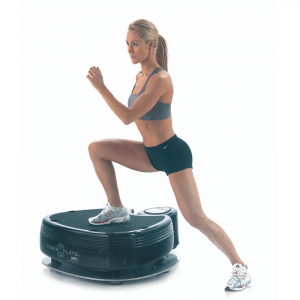 ply, running is a single leg exercise. At no point during the action are both feet in contact with the ground. Hence, the need to perform movements that require a single leg action. Any type of strength, endurance, power, balance or stability based exercise in a runner’s program should predominantly involve one leg at a time. Applying that simple change to those squats, steps and jumps in your current routine will replicate the demands of running more closely.
ply, running is a single leg exercise. At no point during the action are both feet in contact with the ground. Hence, the need to perform movements that require a single leg action. Any type of strength, endurance, power, balance or stability based exercise in a runner’s program should predominantly involve one leg at a time. Applying that simple change to those squats, steps and jumps in your current routine will replicate the demands of running more closely.
Tip 3 – Understand The Demand
The demand on the body while running is 3 to 4 times our body weight. Read that again and let it sink in…3 to 4 times our body weight each time the foot hits the ground. That’s a lot of force. If our system isn’t prepared for that hit, then injury is a real possibility. For beginners, running can be a massive challenge so using whole body vibration in training exposes the body to that force in a safe and easily programmable way.
“As your body perceives vibrations, or impact forces, it begins to contract against them creating what’s called fascial tension. By training on Power Plate we will be introducing controlled vibrations to the body thereby creating an anticipatory tensioning response. This is one of the most effective ways not only prevent injury but also to activate or wake up the nervous system.” Dr. Emily Splichal, Run Injury Free, 2017.
A pre-run hit of vibration can have a big impact on the body’s ability to work with ground force. Be proactive by dedicating 10-15 minutes of barefoot work on Power Plate. Better your chances of running injury free and become part of that 20% who don’t suffer.
For a more in depth look into running injury free follow the link to view a free webinar with Dr. Splichal from Naboso Technology


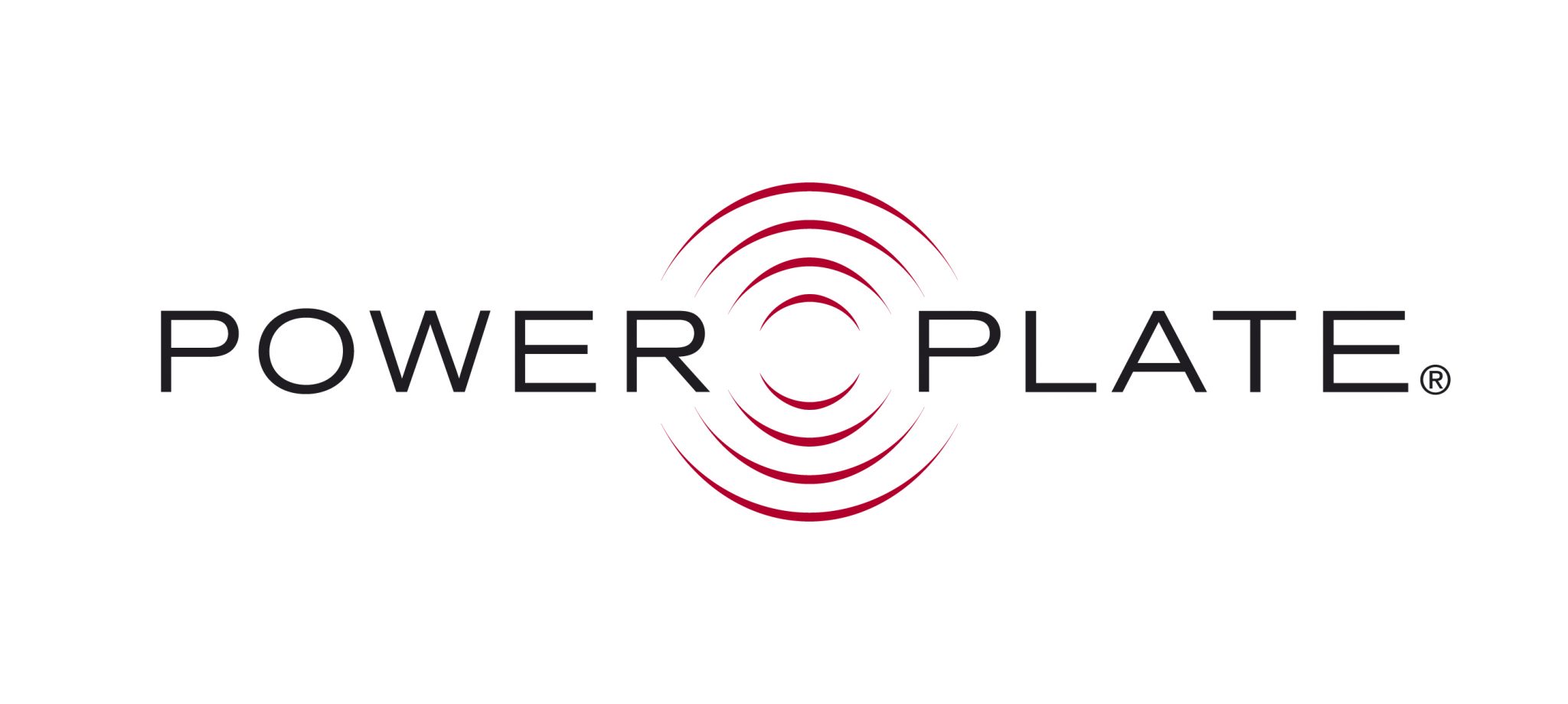

 ply, running is a single leg exercise. At no point during the action are both feet in contact with the ground. Hence, the need to perform movements that require a single leg action. Any type of strength, endurance, power, balance or stability based exercise in a runner’s program should predominantly involve one leg at a time. Applying that simple change to those squats, steps and jumps in your current routine will replicate the demands of running more closely.
ply, running is a single leg exercise. At no point during the action are both feet in contact with the ground. Hence, the need to perform movements that require a single leg action. Any type of strength, endurance, power, balance or stability based exercise in a runner’s program should predominantly involve one leg at a time. Applying that simple change to those squats, steps and jumps in your current routine will replicate the demands of running more closely.